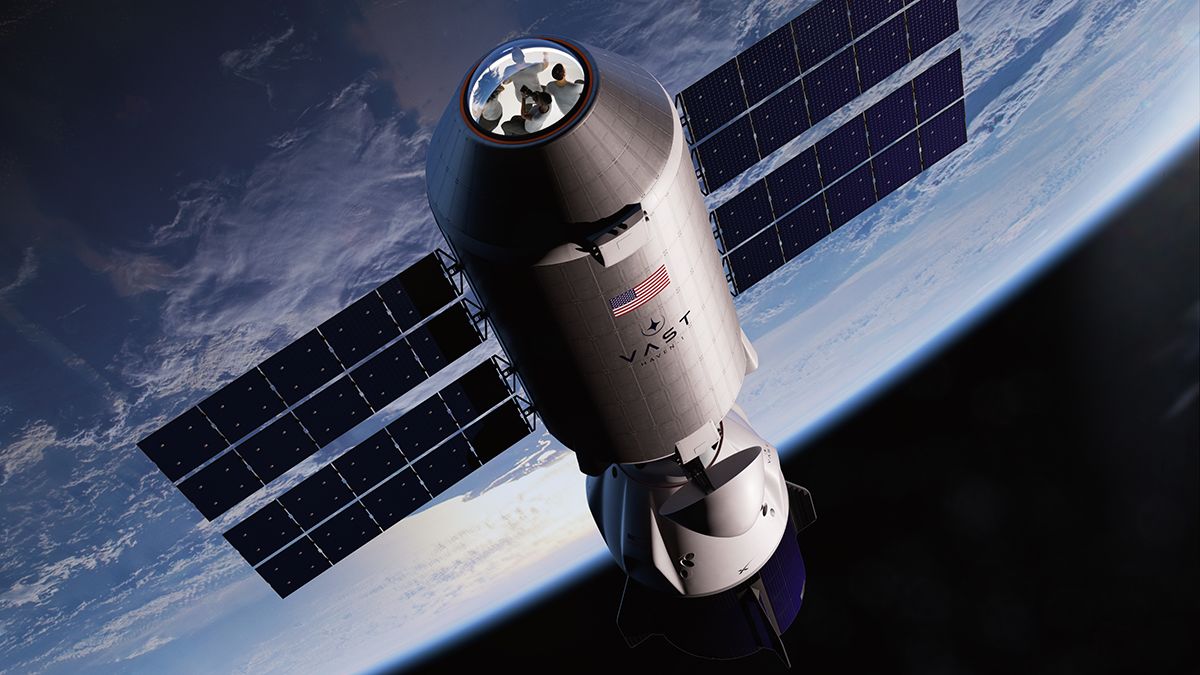The International Space Station can’t last forever, but since it first went into service in 2000, there has always been a crew of astronauts living and working in space.
NASA has already announced that it has selected SpaceX to build the American Deorbit Vehicle, which is supposed to safely deorbit the space station around 2030. That means the ISS will soon no longer exist.
What will replace the International Space Station?
When the International Space Station is deorbited, human access to low Earth orbit should remain uninterrupted.
There are several space stations under development, one of which is already in the air.
Tiangong Space Station (China)
The Tiangong with three permanently manned modules will outlive the ISS. A space telescope module will eventually join it.
SUITABILITY: China hopes that after the ISS is decommissioned, the space station will become a new hub for international cooperation. The station has been orbiting Earth since April 2021 and is expected to remain in operation for at least a decade.
Space Station Axiom (US)
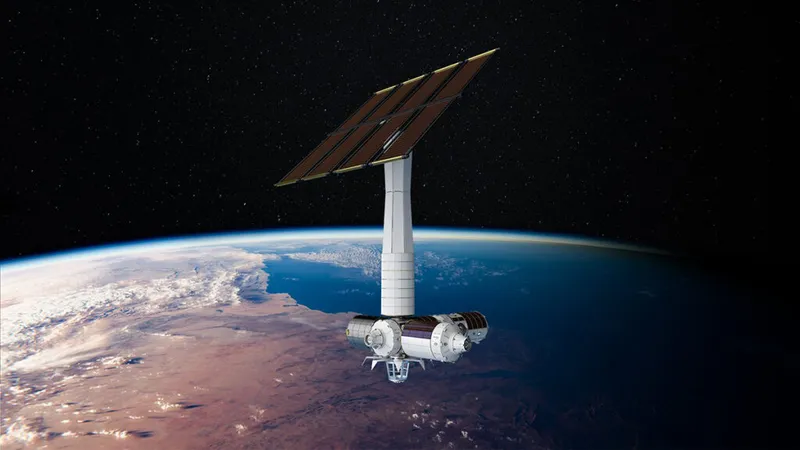
This four-module commercial space station will be used for in-space manufacturing, experimentation and tourism.
SUITABILITY: Backed by a NASA Space Act Agreement (SAA), it will be built while docked to the ISS. The first two modules have been fabricated.
Orbital reef (US)
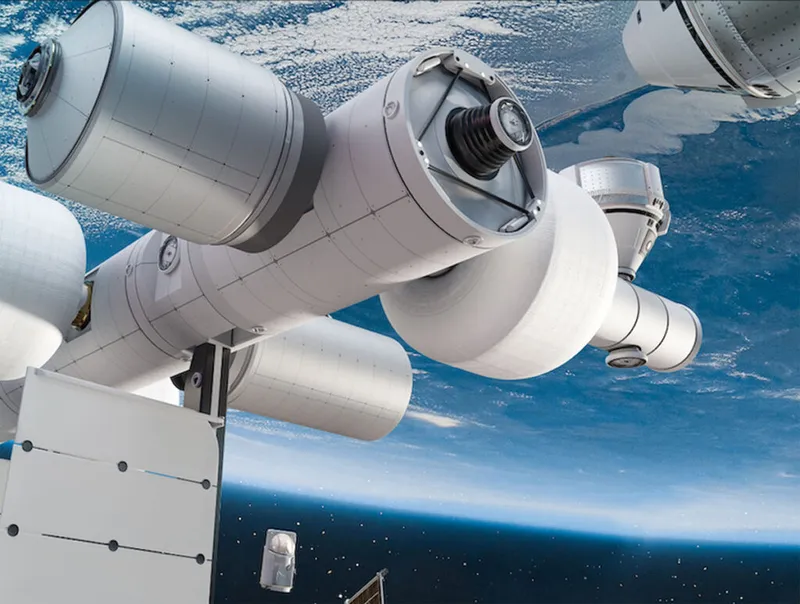
Led by Blue Origin and Sierra Space, this “business park in space” is based on an expandable primary module.
SUITABILITY: Supported by NASA SAA, launched by Blue Origin’s New Glenn and served by Sierra Space’s Dreamchaser spacecraft (both not yet flown).
Starlab (US)
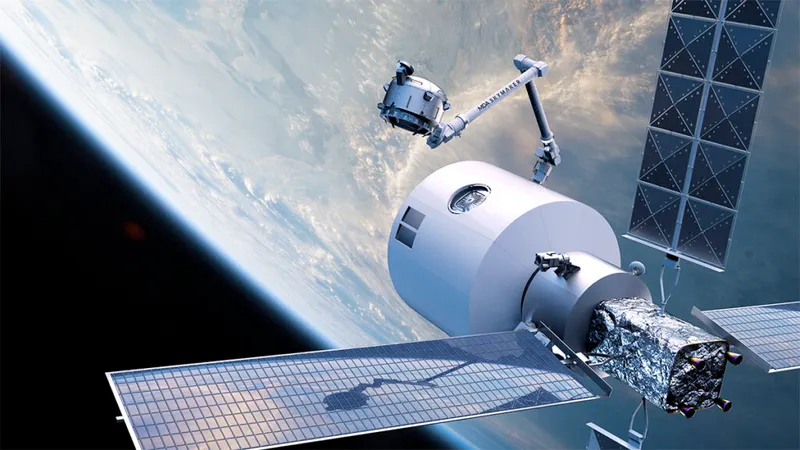
Led by Nanoracks, Voyager Space and Lockheed Martin, this is a commercial station based on an inflatable main module and an associated ‘science park’.
SUITABILITY: Supported by a NASA SAA. Nanoracks’ Bishop airlock was the first commercial addition to the ISS. Expected in 2028.
Northrup Grumman Station (USA)
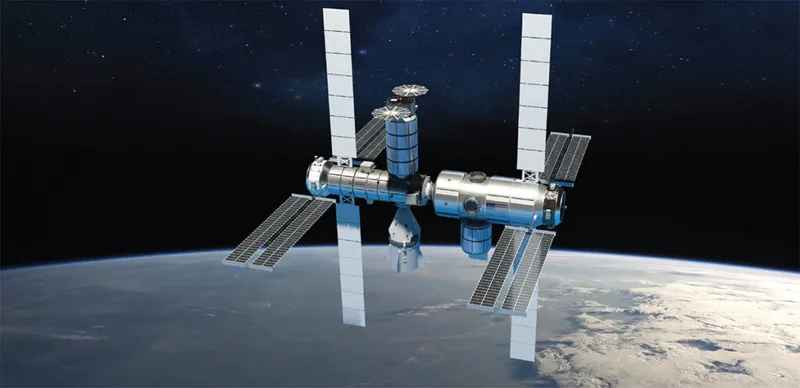
A three-module commercial space station serving multiple sectors including microgravity research, space manufacturing, and space tourism.
SUITABILITY: Modules supported by a NASA SAA and based on the successful Cygnus craft, Phase 1 is scheduled to launch in late 2028.
ISRO Space Station (India)
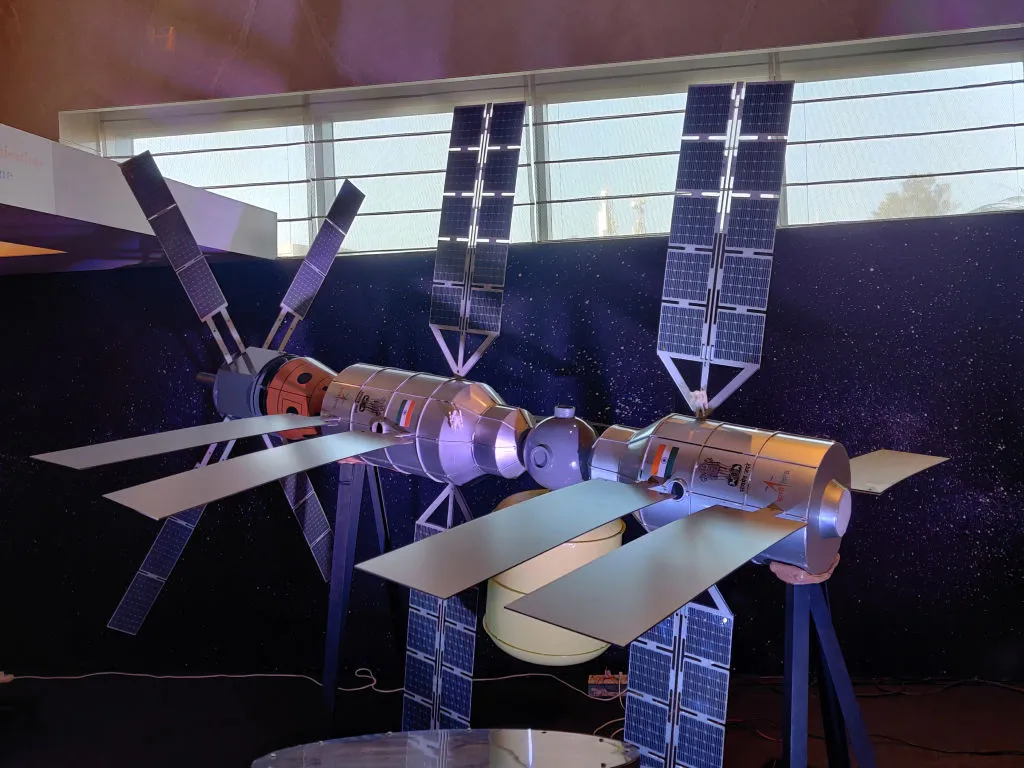
This single-module station at an altitude of 400 km is intended for stays of 15 to 20 days and will be served by the manned Gaganyaan spacecraft.
SUITABILITY: Russia is providing technical assistance, but Gaganyaan has yet to fly. The space station is scheduled for mid-2030.
Airbus LOOP (Europe)
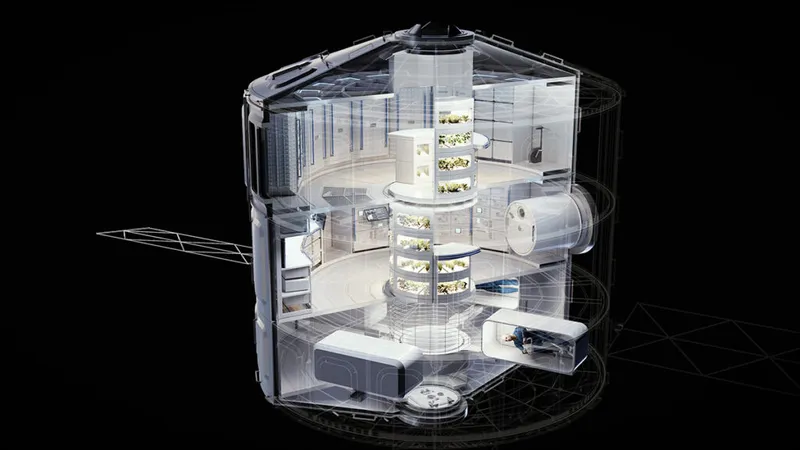
A commercial station with a single 8 m diameter module with a spacious three-level design for long stays. Suitable for launch by Elon Musk’s Starship.
SUITABILITY: Based on a strong European engineering heritage, but no customer for the project has yet been announced.
Large space station (US)
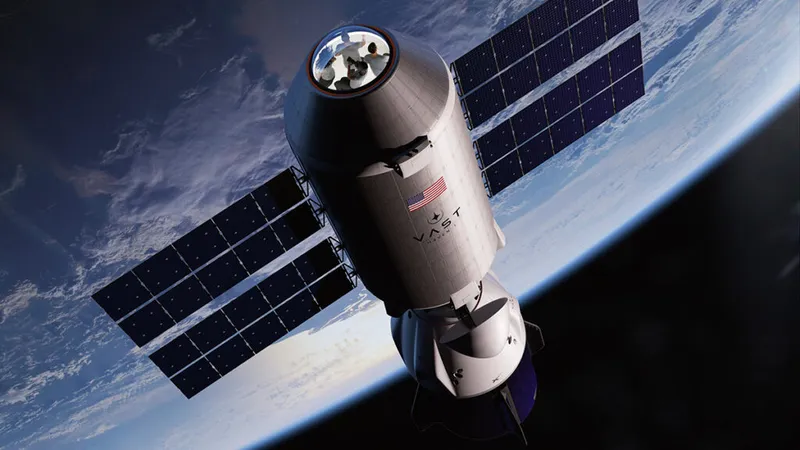
Artificial gravity habitats for space tourism and production, to be launched and serviced by SpaceX’s Falcon 9 and Crew Dragon. Starting in late 2025.
SUITABILITY: Backed by financier Jed McCaleb. Artificial gravity will provide
a less desirable testing environment.
Gateway (US/Europe/Japan/Canada)
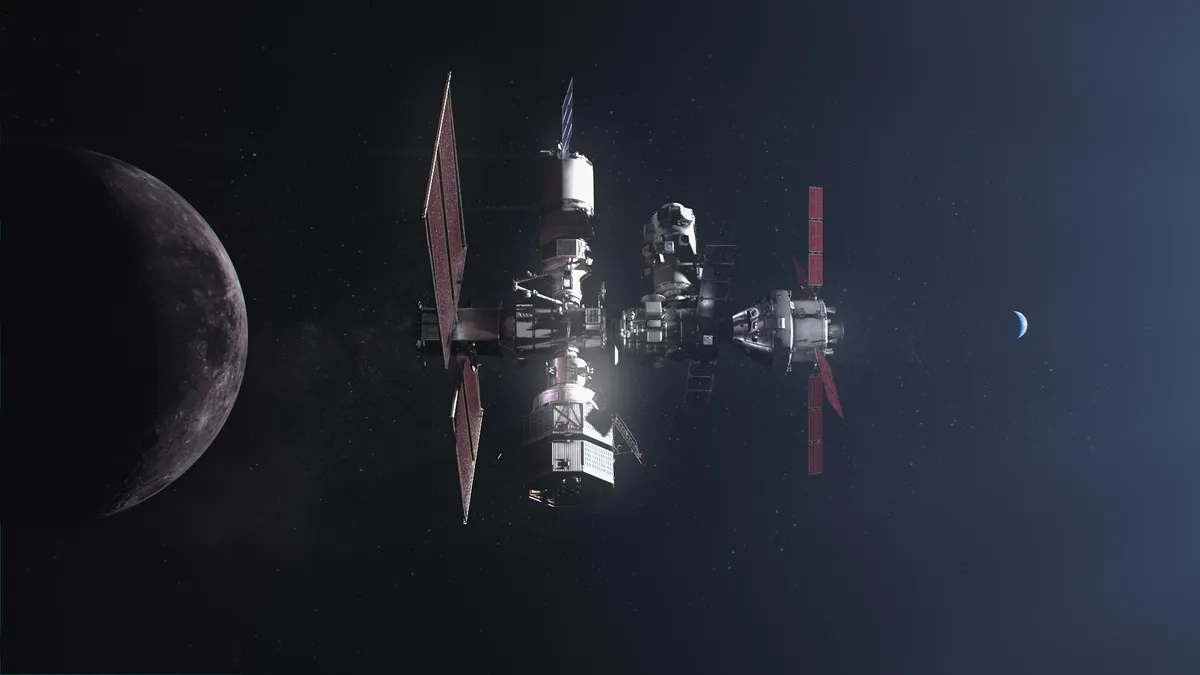
Orbiting the Moon, this five-module space station will serve as a base camp en route to the lunar surface.
SUITABILITY: Requires SLS or Falcon Heavy launches. First module launches in late 2025. NASA’s Capstone CubeSat is currently testing Gateway’s elliptical orbit.
This article appeared in the November 2023 issue of BBC Sky at Night Magazine.
